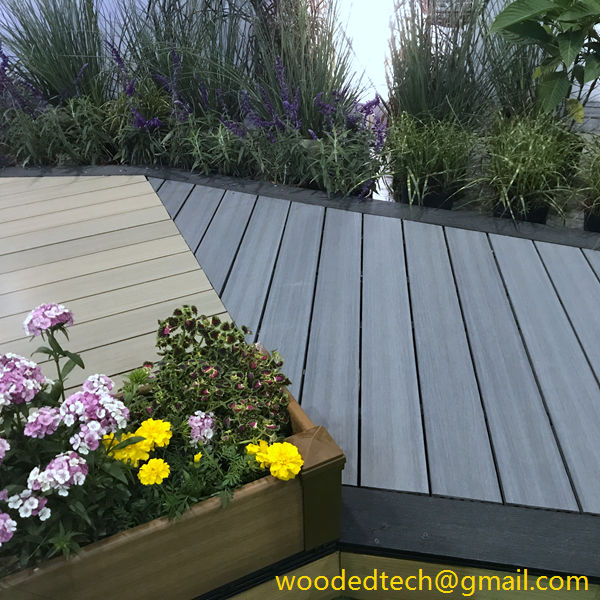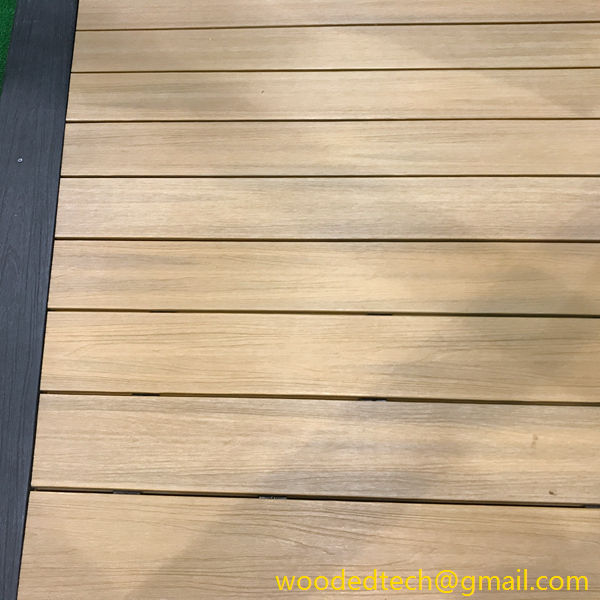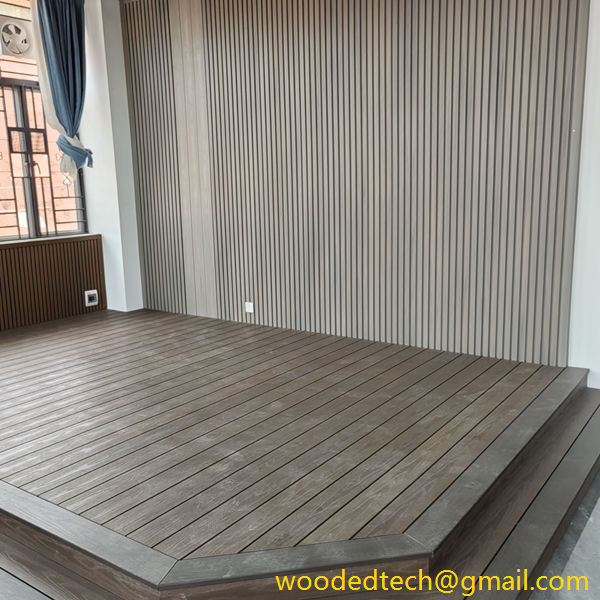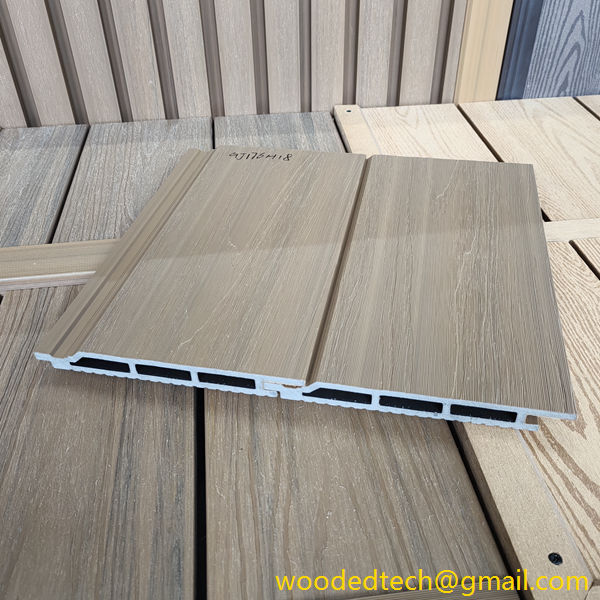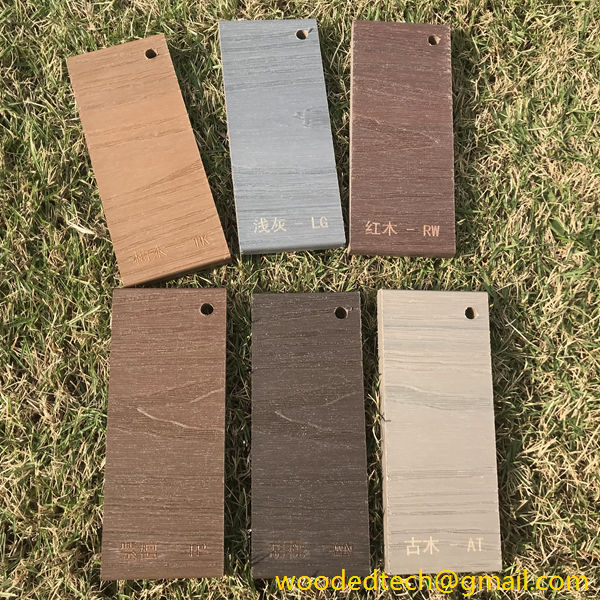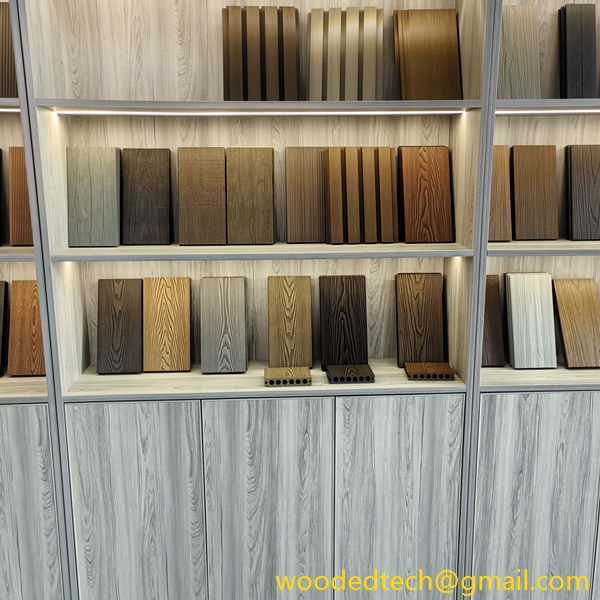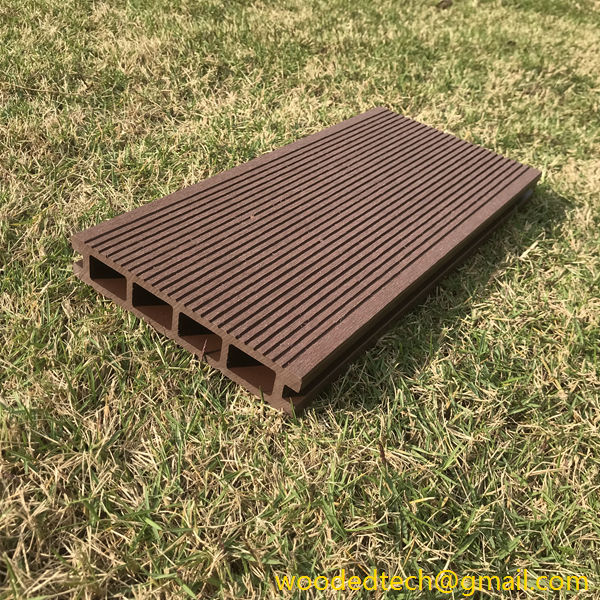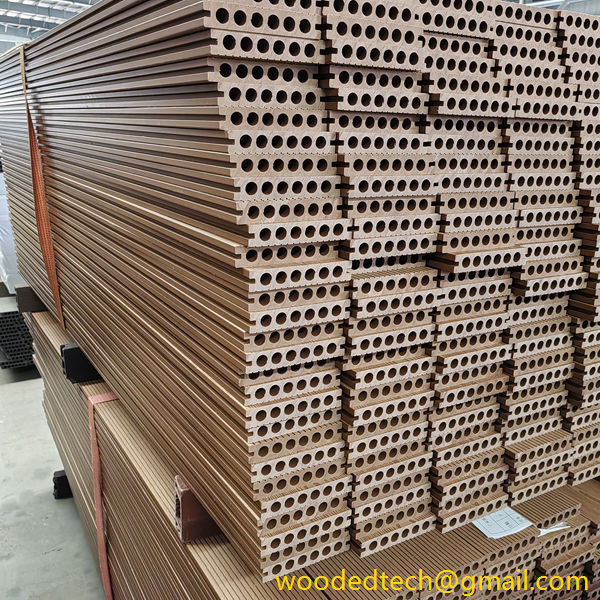How to Install WPC Flooring: Essential Tips for Installing WPC Flooring Successfully
How to Install WPC Flooring: Essential Tips for Installing WPC Flooring Successfully WPC flooring, or Wood Plastic Composite flooring, has gained significant popularity in recent years due to its durability, versatility, and aesthetic appeal. It combines the best features of both wood and plastic to create a flooring option that can withstand moisture, heavy foot…
How to Install WPC Flooring: Essential Tips for Installing WPC Flooring Successfully
WPC flooring, or Wood Plastic Composite flooring, has gained significant popularity in recent years due to its durability, versatility, and aesthetic appeal. It combines the best features of both wood and plastic to create a flooring option that can withstand moisture, heavy foot traffic, and a variety of environmental conditions. If you are considering installing WPC flooring in your home or commercial space, understanding the installation process is crucial for achieving a successful and long-lasting result. In this guide, we will explore essential tips for installing WPC flooring effectively.
Before you begin the installation process, it is important to prepare your space and gather the necessary tools and materials. First, ensure that your subfloor is clean, dry, and level. Any debris, dust, or moisture can affect the adhesion and performance of the WPC flooring. If you are installing over concrete, make sure to check for any cracks and repair them before proceeding. For wooden subfloors, ensure that the boards are secure and level to prevent any movement that may damage the flooring over time.
Next, gather the tools you will need for the installation. Common tools include a tape measure, utility knife, straight edge, spacers, and a hammer or tapping block. Depending on the specific WPC flooring product you choose, you may also need a saw for cutting planks to fit your space. Having all these tools on hand will streamline the installation process and help you work more efficiently.
One of the key benefits of WPC flooring is its ease of installation, particularly if you choose a click-lock system. This system allows you to connect the planks without the need for glue or nails, making it a great option for DIY enthusiasts. Begin by laying out the planks in the room to get a sense of how they will fit together. It’s recommended to stagger the seams of the planks for a more natural look and to enhance stability. The first row of planks should be laid with the groove side facing the wall, leaving a small expansion gap of around ¼ inch to accommodate any future expansion due to changes in temperature and humidity.
As you continue with the installation, be mindful of the direction in which you lay the planks. For most spaces, it is aesthetically pleasing to install the planks parallel to the longest wall or the main source of natural light. This layout can create a sense of continuity and flow within the space. If you are working in a particularly large area, consider using a chalk line to mark a straight line for your first row, ensuring that the rest of the installation remains aligned.
When it comes to cutting the planks, precision is key. Measure carefully and use a straight edge to guide your cuts, ensuring that each piece fits snugly against the adjoining planks. If you encounter any obstacles such as door frames or vents, you may need to make additional cuts to ensure a proper fit. Remember to account for the expansion gap around these areas as well.
After the planks are laid, it’s time to ensure that they are securely locked into place. Use a tapping block to gently tap the planks together, being careful not to damage the edges. This step is crucial to achieving a tight fit and preventing any gaps that could lead to moisture intrusion or dirt accumulation. Once the installation is complete, walk over the surface to ensure that all planks are properly locked and there are no loose areas.
Upon completion of the installation, consider the finishing touches that will enhance the overall appearance of your new WPC flooring. Baseboards or quarter-round molding can be installed around the perimeter of the room to cover the expansion gap and give a polished look. Choose a trim that complements the flooring color and style for a cohesive aesthetic.
Maintaining WPC flooring is relatively straightforward, which is another reason for its popularity. Regular sweeping or vacuuming will help remove dirt and debris, preventing scratches on the surface. For deeper cleaning, use a damp mop with a mild cleaner specifically designed for WPC flooring. Avoid using harsh chemicals or abrasive tools, as these can damage the surface finish.
In conclusion, installing WPC flooring can be a rewarding DIY project that enhances the beauty and functionality of your space. By following these essential tips—from thorough preparation to precise installation techniques—you can achieve a stunning and durable result. As with any home improvement project, patience and attention to detail are key. With the right approach, your new WPC flooring will provide a stylish and resilient surface for years to come. Whether you are updating a single room or renovating your entire home, WPC flooring is an excellent choice that offers both practicality and aesthetic appeal.

